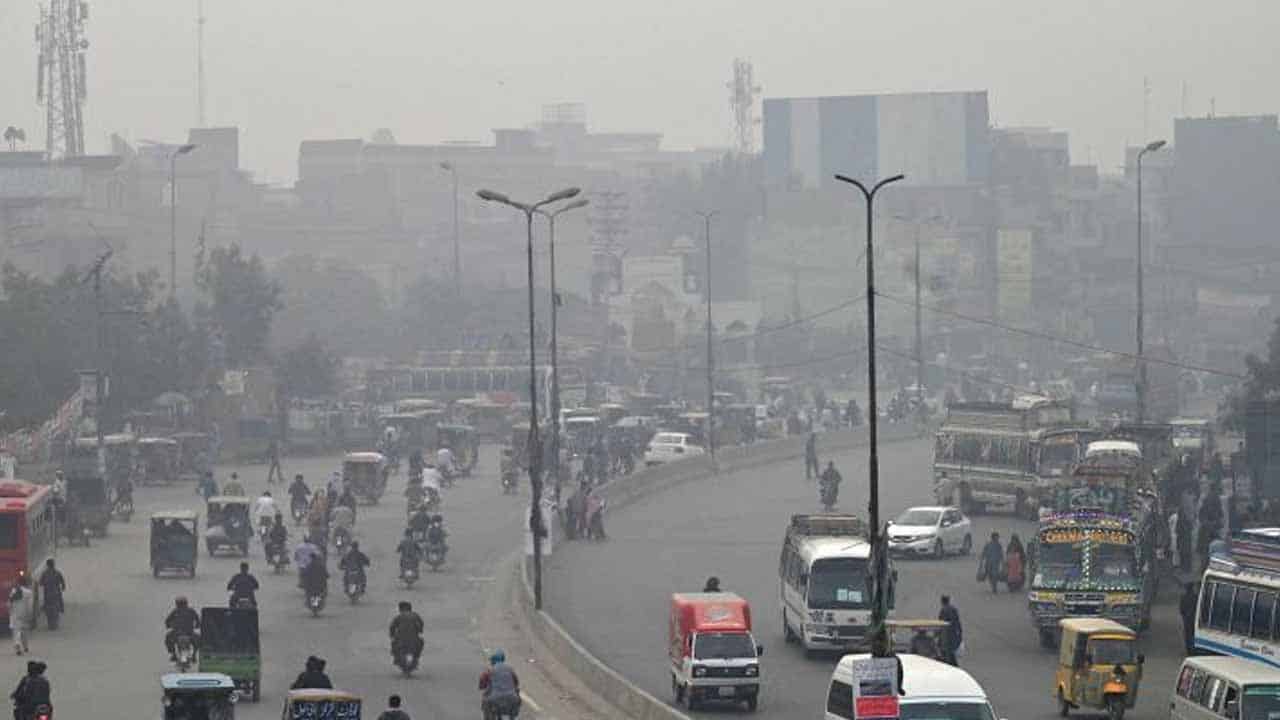In response to the escalating smog crisis in Lahore, the Punjab government is set to conduct a groundbreaking experiment by inducing artificial rain in the provincial capital later this month.
This initiative, a first of its kind in the country, was discussed in a meeting chaired by Provincial Environment Minister Bilal Afzal and Education Minister Mansoor Qadir. The meeting focused on evaluating short, medium, and long-term measures to tackle smog in the city. Attendees included Secretary Environment Rashid Kamalur Rehman, representatives from the Environment Protection Department, SPARCO, and various universities.
The discussion also delved into the prospect of artificial rainfall to combat smog, with preparations targeted for November 28 or 29, coinciding with expected cloudy weather. Minister Bilal Afzal emphasized the need for a dedicated team and working group to oversee the artificial rain process, including considerations such as cloud formations. The proposals developed by this working group will be submitted for approval to the chief minister.
Several Punjab districts, including Lahore, Jhang, Hafizabad, Khanewal, Nankana, Bahawalnagar, and Sheikhupura, are grappling with severe air pollution. In response to the worsening conditions, the Lahore High Court has mandated the closure of all schools and colleges in smog-affected districts on November 18. Additionally, the court has urged the government to implement a work-from-home policy for two days a week.
The heightened pollution levels in South Asia can be attributed to a combination of factors. The region has witnessed significant industrialization, economic development, and population growth over the last two decades, leading to a surge in energy demand and fossil fuel consumption. Unique contributors to pollution in South Asia include the combustion of solid fuels for cooking and heating, human cremation, and the burning of agricultural waste.
A substantial portion of the pollution in cities like New Delhi is caused by stubble burning, where leftover crop residue is set ablaze to clear fields. This practice is particularly prevalent in the neighboring states of Punjab and Haryana, contributing to approximately 38% of the pollution in New Delhi this year.
Moreover, the exponential increase in the number of vehicles on the roads has exacerbated the pollution problem. In countries like India and Pakistan, the vehicle count has quadrupled since the early 2000s. New Delhi, consistently ranked as the world’s most polluted capital, faces a high density of vehicles, with around 472 vehicles per thousand population and nearly eight million vehicles navigating its roads as of 2022.






